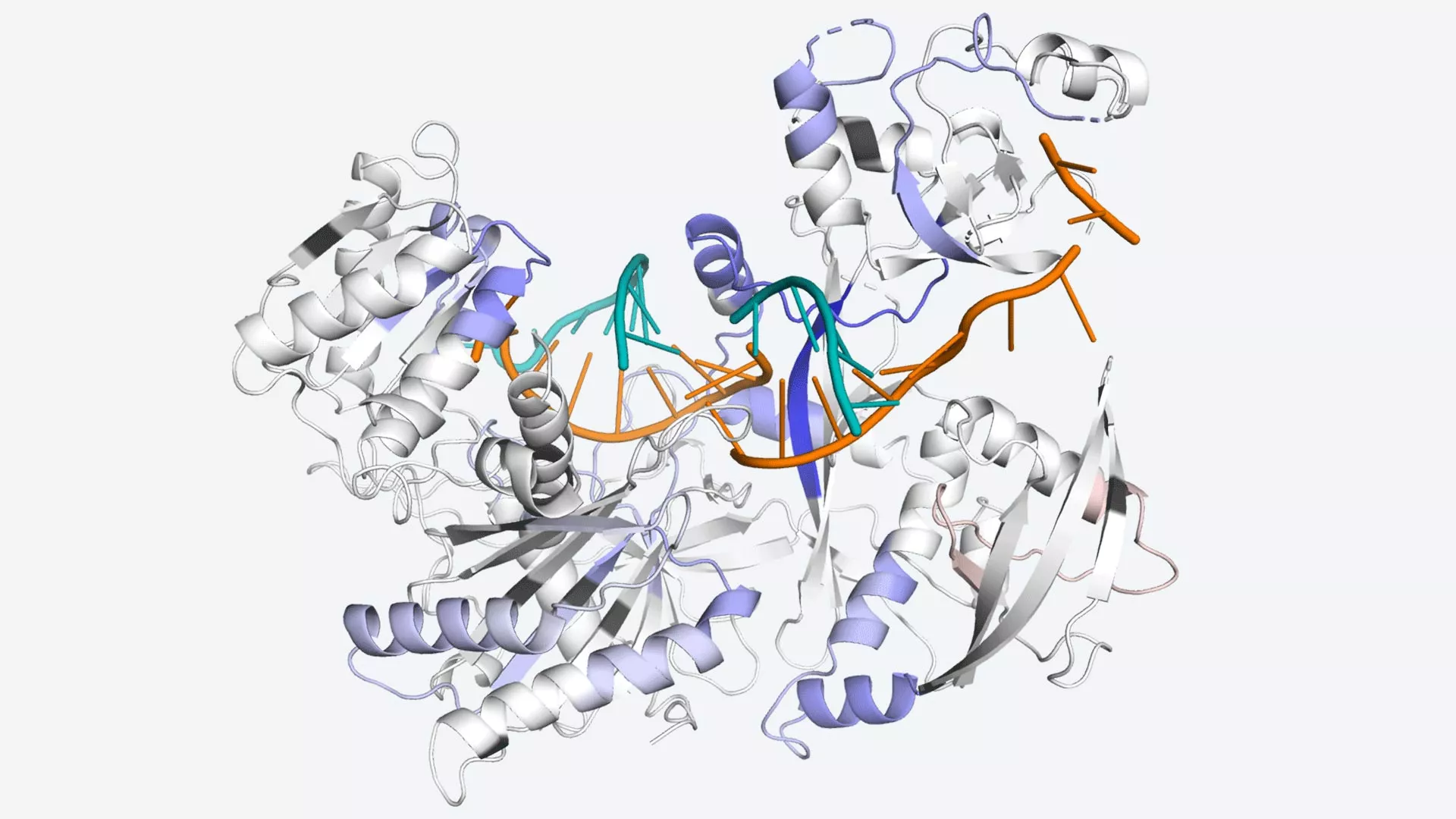Scientists are working to better understand the process of RNA interference, which may help to improve treatments such as cancer therapy Recently, researchers have discovered how Argonaute protein can maintain protein production by using limited resources This breakthrough in basic research may help bring advanced new therapies in the future.

Cells produce proteins like small factories. But if they produce too much protein at the wrong time, it will lead to diseases such as cancer, so they will use a process called RNA interference (RNAi) to control production. As of July 2021, several drugs have used RNAi to treat painful kidney and liver diseases -- and seven drugs are in clinical trials. RNAi therapy has great potential. Researchers at Cold Spring Harbor Laboratory (CSHL) are trying to depict a complete picture of this process to improve today's therapies and create better therapies in the future.
Professor CSHL and Howard Hughes Institute of Medicine (HHMI) investigator leemor Joshua tor and Brianna Bibel, a new graduate of CSHL School of Biological Sciences, are filling some gaps. They recently discovered how Argonaute (hereinafter referred to as ago), the main protein of RNAi, uses limited resources to maintain protein production.
Joshua tor said that it is very important to understand the exact working mode of RNAi because it is a fairly basic and widely used process. In addition, it provides a safety net for therapeutic methods because it does not permanently change cells and can be reversed. Joshua tor said, "for therapeutics, you may not want to do so many things on the genome. Among all these things, you want to know exactly what is happening. If something doesn't work, you know how to do it and where to look. The more information you have, the better -- you will get a complete picture of what is happening."
It is understood that ago helps cut off the production of proteins by finding, binding and destroying molecules called mRNA - molecules that tell cells to make proteins. However, compared with the number of mRNA it must target, the number of ago in the body is dwarfed. After destroying one, the protein still has the ability to find another, but it cannot move forward without help. Bibel discovered how cells use a process called phosphorylation to break down ago's control over mRNA targets, allowing them to move on to the next target. "Our theory is that phosphorylation promotes release is a way for you to release Argonaute, because when the target is released, the guide is still there, and it is super stable. So our idea is that by phosphorylating it, you will release it to suppress other targets -- because it is still fully capable of doing this work."
Bibel hopes her findings will come in handy as RNAi research continues. "Many of the great advances in science have come from basic research. And this is one of those basic research questions trying to figure out how this works."